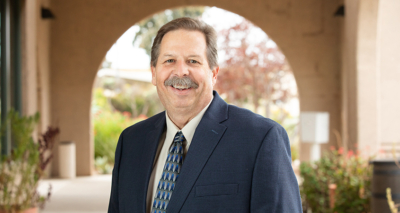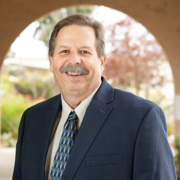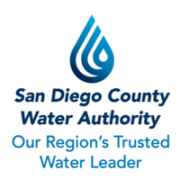Aug. 16, 2021 – San Diego County Water Authority Board Chair Gary Croucher today issued a statement in response to the U.S. Bureau of Reclamation announcing the first formal shortages on the Colorado River for 2022. In addition, the Metropolitan Water District of Southern California’s Board of Directors is expected to increase its drought alert level tomorrow.
“Declining water availability on the Colorado River and worsening drought conditions statewide underscore the importance of collective actions to ensure reliable water supplies not only for today, but for next year and for future generations. Thankfully, the San Diego region has prepared for dry periods and our water supplies will continue to sustain our economy and quality of life. At the same time, we are working with our partners at the regional, state, and federal levels to advance water management solutions for the Southwest because we realize that we are all in this together.
“The quickest way to help defeat drought is to eliminate water waste at homes and businesses, and we stand with MWD and Governor Newsom in supporting voluntary water-use efficiencies. There are several ways to do that: checking irrigation systems for leaks and repairing them quickly; keeping chilled water in the fridge instead of running the tap to let it cool; keeping showers to 5 minutes or fewer; applying mulch around plants to reduce evaporation. With those steps and others, we will emerge from this drought stronger together.”
— Gary Croucher, Board Chair, San Diego County Water Authority

Gary Croucher, Board Chair, San Diego County Water Authority
(Editor’s note: Water efficiency tips, rebates and other resources are at www.watersmartsd.org.)





